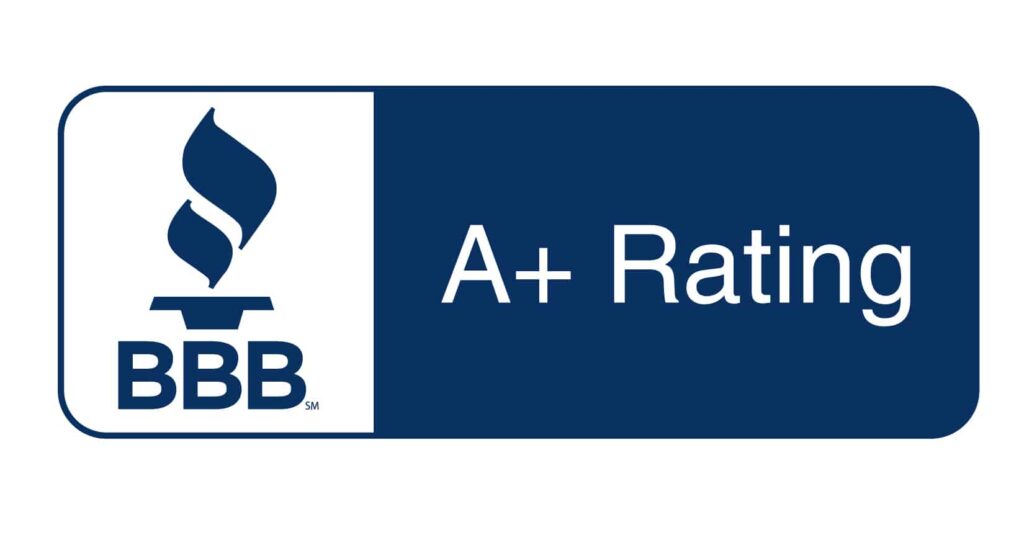Climate change is one of the most pressing challenges of our time, and it requires collective efforts to mitigate its effects. While it may seem surprising, the choice of roofing materials and practices employed by homeowners can significantly influence climate change. In this blog post, we will explore the various ways roofing affects climate change and discuss actionable steps that homeowners can take to make a positive impact.
Energy Efficiency
Roofing materials play a crucial role in the energy efficiency of homes. Traditional roofing materials such as asphalt shingles tend to absorb heat and contribute to the “heat island effect.” This effect raises local temperatures and increases the energy demand for cooling. In contrast, cool roof materials, such as reflective coatings or lighter-colored shingles, reduce the absorption of heat, minimizing the urban heat island effect. By opting for energy-efficient roofing materials, homeowners can reduce their reliance on air conditioning, lower energy consumption, and decrease carbon emissions.
Carbon Footprint
The production and disposal of roofing materials have a significant carbon footprint. Certain materials, like metal and clay tiles, have longer lifespans and lower environmental impact compared to others. For instance, asphalt shingles are petroleum-based and contribute to greenhouse gas emissions during manufacturing and disposal. By selecting sustainable roofing materials like recycled metal or clay, homeowners can reduce their carbon footprint and contribute to a greener future.
Rainwater Management
Roofing systems can also impact water management and quality, which are vital factors in climate change mitigation. Traditional roofs with impermeable surfaces cause water runoff, leading to increased flooding and strain on stormwater infrastructure. Homeowners can incorporate green roofing techniques, such as installing vegetative roofs or rainwater harvesting systems, to mitigate runoff issues. These strategies reduce the burden on municipal drainage systems and help replenish local water resources.
Solar Power Potential
Roofs provide an ideal space for harnessing solar power, a renewable energy source that mitigates climate change. Homeowners can install solar panels on their roofs to generate clean electricity, reducing reliance on fossil fuel-based energy and decreasing carbon emissions. Solar power systems also provide homeowners with long-term cost savings by reducing or eliminating monthly electricity bills. Taking advantage of solar energy not only benefits individual households but also contributes to a collective effort in combatting climate change.
Maintenance and Longevity
Regular roof maintenance and proper installation are essential for maximizing a roof’s lifespan. By ensuring proper insulation and preventing leaks, homeowners can reduce energy consumption and increase the durability of their roofing systems. A well-maintained roof avoids unnecessary replacements, reducing waste and the environmental impact associated with manufacturing new materials.
Sustainable Roofing Practices
In addition to material choices, homeowners can adopt sustainable roofing practices to minimize their impact on climate change. These practices include using locally sourced materials to reduce transportation emissions, promoting roof recycling programs, and supporting roofing companies like Impact Roofing that adhere to environmentally friendly standards. By actively engaging in sustainable roofing practices, homeowners can encourage the adoption of eco-friendly approaches across the industry.
Conclusion
Roofing choices and practices have a significant influence on climate change. Homeowners can make a positive impact by prioritizing energy efficiency, selecting sustainable materials, managing rainwater, embracing solar power, and practicing regular maintenance. These actions not only reduce carbon emissions and conserve energy but also contribute to the overall resilience of our communities in the face of climate change. By taking these steps, homeowners can be proactive in combating climate change and inspire others to do the same. Together, we can build a greener future, one roof at a time.




